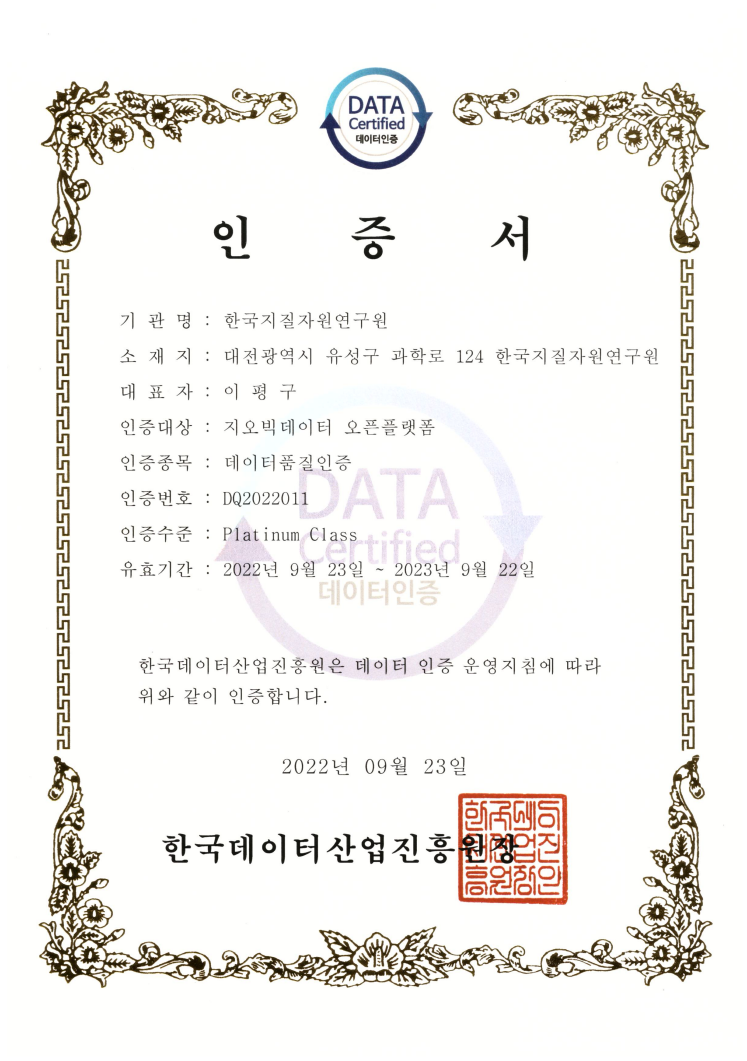석분슬러지 재활용 방안 연구
상세정보
| 자료유형 | KIGAM 보고서 |
|---|---|
| 서명 | 석분슬러지 재활용 방안 연구 |
| 저자 | 김치권 |
| 언어 | KOR |
| 청구기호 | KR-98-C-19-1998-R |
| 발행사항 | 韓國資源硏究所, 1998 |
| 초록 | This study was performed to activate the building stone industry by increasing the recycling amounts of waste resources and by minimizing the generation of the environmental pollution materials. In order to utilize the stone powder sludge produced form the cutting and polishing process of stone plates in domestic stone industry, manufacturing technology of the artificial stone plate as a building material was developed. Artificial stone plates were manufactured by introducing firing and hydrothermal synthesis method. In order to find out the optimum condition at each method, several experimental factors were examined: mixing ratio of the raw materials, forming pressure, and firing temperature and time in the firing method, and forming pressure, reaction time vapour pressure, amounts of slaked lime and amounts of sand in the hydrothermal synthesis method. The physical properties of artificial stone were measured.In the firing method, the shrinkage rate of stone plate was very low at the mixing condition of 85% stone powder sludge, 10% clay and 5 % feldspar. Much more stone powder sludges could be utilized at this condition. The physical properties of artificial stone were improved by increasing the press pressure, firing temperature and firing time. When the above composition was pressed at 200 kg/㎠ and fired at 1100℃ for 2 hours, the physical properties of artificial stone were as follow; 800 kg/㎠ of compressive strength, 0.48 water-absorption ratio, and 2.52 of apparent specific gravity. From XRD analysis, it was found that the crystal phases were mainly composed of α-quartz with hematite and anorthite as minorities. In the hydrothermal synthesis, the physical properties of artificial stone could be improved by increasing the press pressure, reaction time and vapour pressure. There was no shrinkage during hydrothermal reaction. It was found that the physical properties of artificial stone were improved by adding of sand. The raw materials were mixed in two steps. In the first step, 70 % stone powder sludge, 20% slaked lime and 10% sand were mixed, and 10% water was added in the second step. The plate was formed at the pressure of 200 kg/㎠, and reacted at the vapor pressure of 20 kg/㎠ for 3 hours. The properties of artificial stone were as follows; 605 kg/㎠ of compressive strength, 0.49% or water-absorption ratio, and 1.88 of apparent specific gravity. From XRD analysis, it was found the their crystal phases were mainly composed of calcium silicate with tobermorite and xonotlite as minorities. We have prepared the artificial stone plate which has various color and pattern by adding several inorganic oxide pigments and by controlling the particle size of stone sludge and sand. The artificial stone plate showed no defaults in the color and pattern against the anti-pollution and such like five surface tests. It is expected that this stone plate is utilized as an internal and external building material such as decoration and finishing materials |
| 페이지 | 102 p. |
| 키워드 | 석분슬러지, 석분, 슬러지, 인조석판재, 건축재료, 재료 |
| 원문 |
유형별 보고서
- 808view
- 14download

댓글